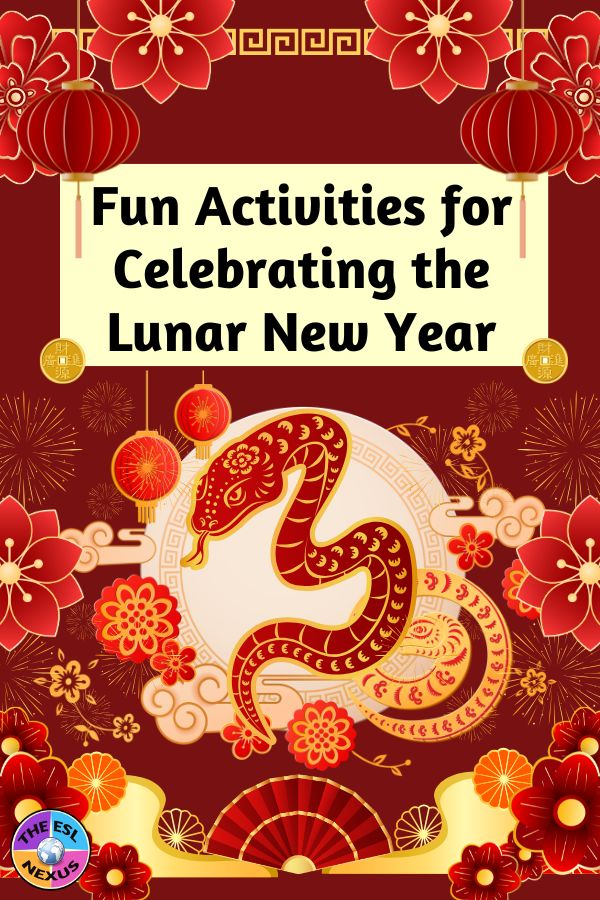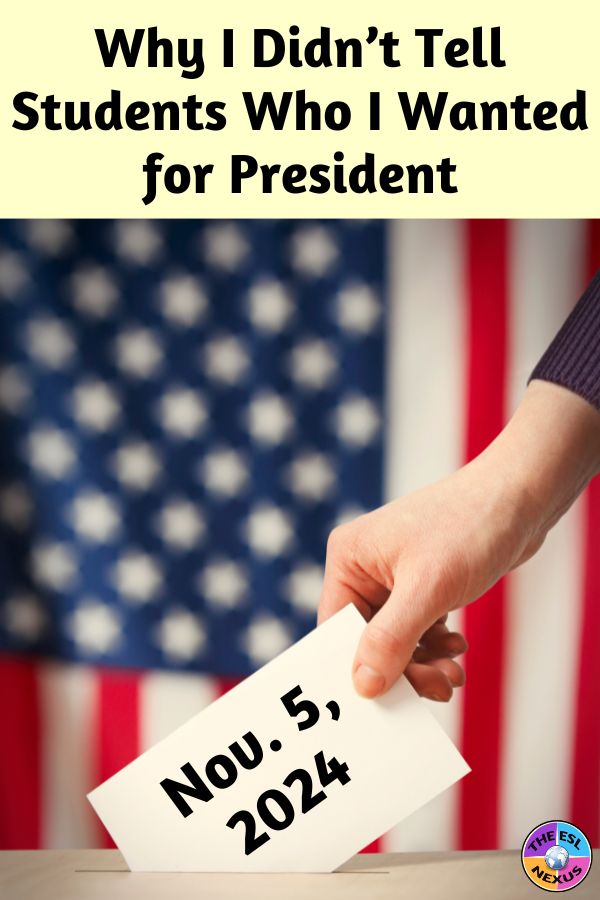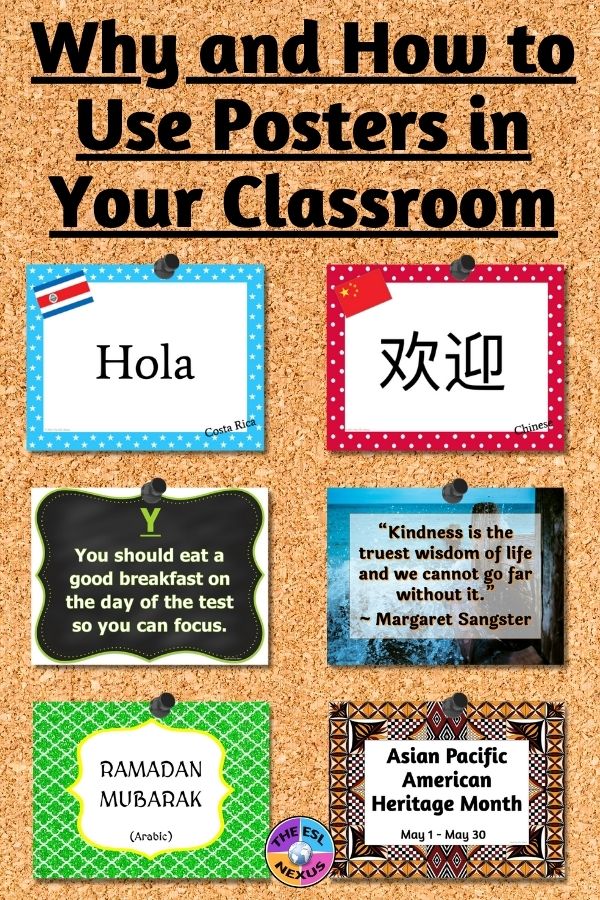Teaching adults in China isn’t very different from teaching students in U.S. public schools in one respect at least: In both contexts, it’s wise not to talk about politics. Arriving in China less than a year after the Tiananmen Square massacre, I was intensely curious about what people in the city where I taught thought but I dared not ask any questions. I could have gotten kicked out of the country and that was the last thing I wanted.
When I decided to start teaching at a public school in the U.S., I felt strongly that I should not reveal my political preferences to my students. They were at an impressionable age and however much I wanted them—and their parents—to vote the “right” way (that is, the way I voted!), my job as a teacher did not include being a cheerleader for one political party or candidate over another. No matter how much my middle school students asked me, I never told them who I voted for. Instead, I always told them to talk to their parents and guardians about upcoming elections.
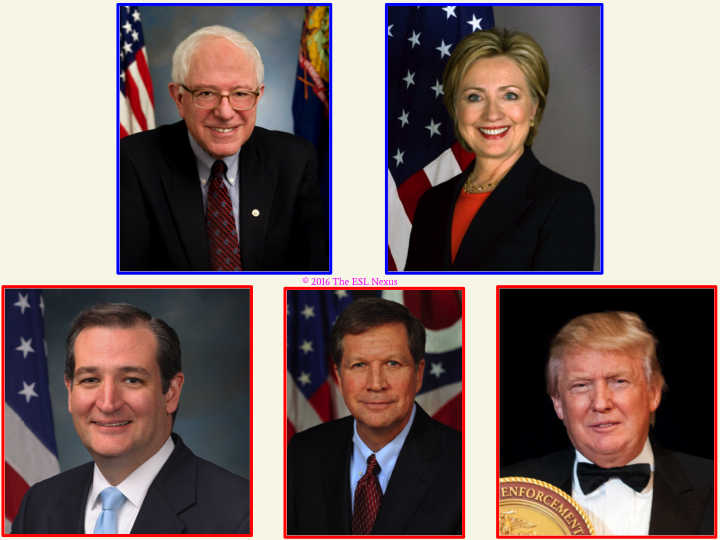 |
| Some of the 2016 Presidential candidates; source: Wikimedia |
their caregivers to know my political preferences. Not only was it none
of their business, I didn’t want their perception of me to be colored
through their political lenses. Although some teachers did share their
presidential picks with their students, I believe it’s best to stay
neutral on such a potentially divisive issue, especially with middle
schoolers. What’s your opinion about this?
Social Studies classes to the school gym, which was the polling place
for the local precinct, to show the students how a primary election
worked. Depending on the size of the class, we either went inside the room or looked through the large glass windows while I explained what was going on.
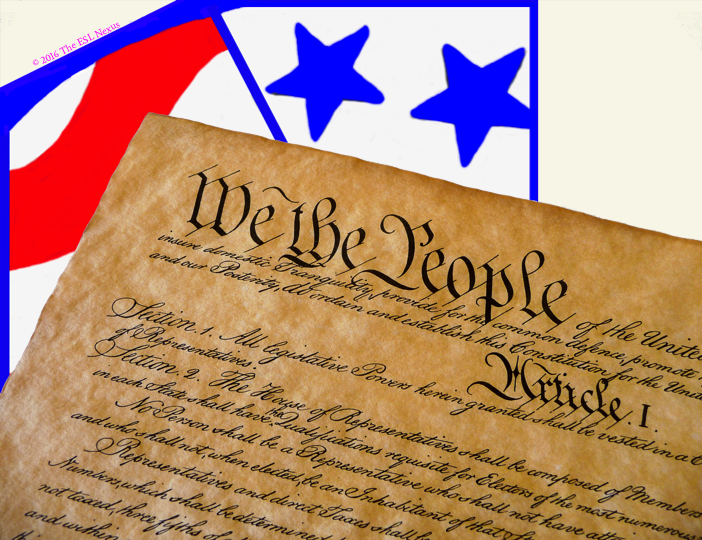 |
| Copy of the Constitution, from a packet sent to citizens for the Bicentennial of the United States; source: The ESL Nexus |
I suspect my classes weren’t alone in not knowing much about the American political system. So I’ve created some resources to aid teachers who, in this election year, are teaching their students how a president is elected. Presidential Election Activities is a collection of eight resources that present vocabulary words and phrases, in various types of activities, that I think are essential for students to know in order to understand the process of electing a president. It includes flash cards, a word wall, a memory game, discussion and writing topics, word searches, crossword puzzles, and a reading passage with questions about electing the president. There’s 88 pages of student material plus additional pages for teachers.
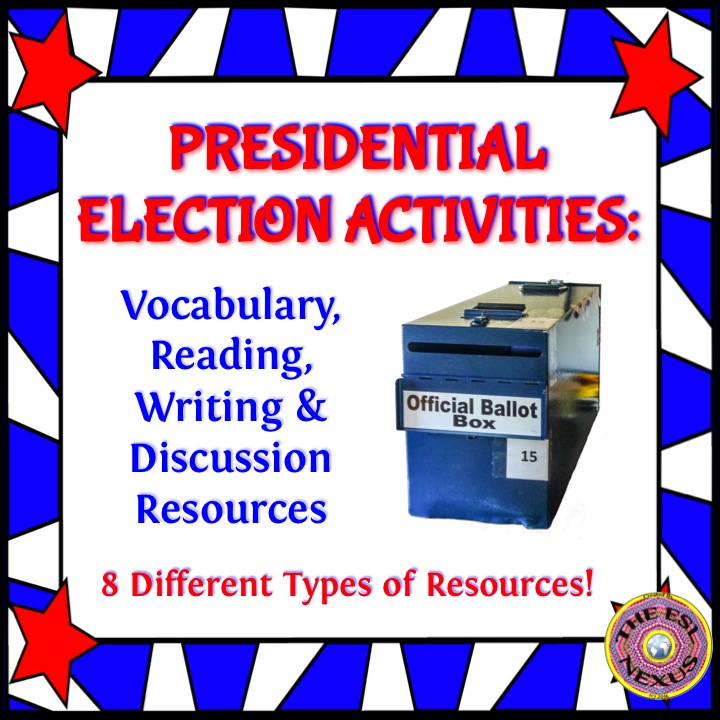 |
| Click HERE for more information about this product |
All these activities can be used with regular education students and also English Language Learners because the definitions used on the
flash cards and word wall, and the text in the reading passage and for
the discussion and speaking topics, are written in easy-to understand
language. An online readability tool that I used rated the reading
passage at a Grade 4 level so older students not reading on grade level
and ELLs with lower language proficiency levels should be able to
comprehend the text.
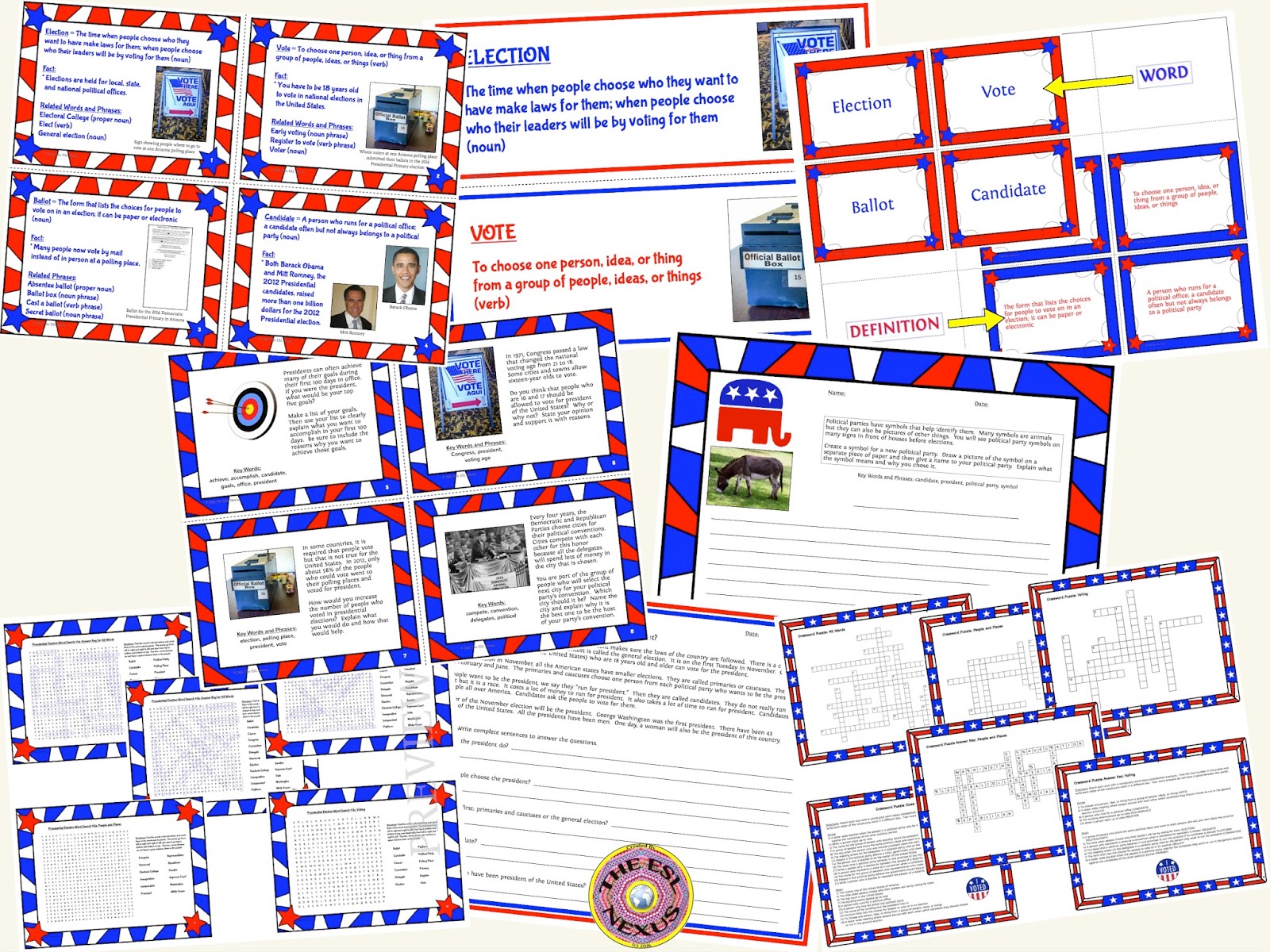 |
| Samples from each resource; you can find the individual products HERE |
caregivers when they went to vote. But some of them told me, after
seeing firsthand what’s involved, that they later accompanied their parents to
their polling place to vote in elections. Yes!!! If I was able to
instill the importance of voting in my students, and get them interested
in the political process, that was much more rewarding to me as a
teacher than merely telling my students who I wanted elected as president.

